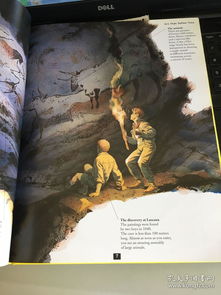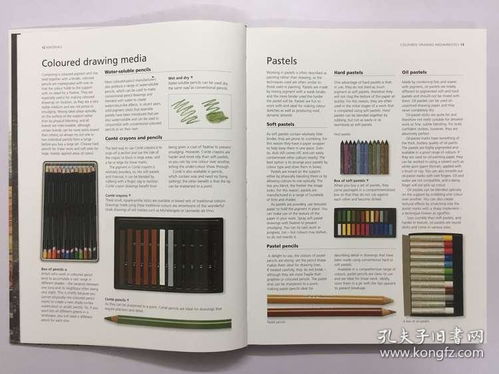Content:

Fishing, an age-old pastime, has been a source of relaxation and sustenance for countless individuals around the world. One of the most crucial tools in a fisherman's arsenal is the fishing rod. Mastering the art of using a fishing rod effectively can significantly enhance your chances of a successful catch. In this comprehensive guide, we will delve into the intricacies of fishing rod usage, focusing on various techniques and tips to help you become a proficient angler.
Understanding Your Fishing Rod
Before we dive into the nitty-gritty of using a fishing rod, it's essential to understand its components and how they work together. A typical fishing rod consists of the following parts:
- Handle: The part of the rod you hold. It can be made of wood, cork, or plastic and provides a comfortable grip.
- Guides: Small rings that help guide the line through the rod. They are usually made of metal and are spaced along the rod's length.
- Reel Seat: The part where the reel is attached to the rod.
- Butt: The thickest part of the rod, providing stability and strength.
- Tip: The thinnest part of the rod, which is most sensitive to the movements of the fish.
Choosing the Right Fishing Rod
The first step in mastering the art of using a fishing rod is selecting the right one for your fishing style and the type of fish you're targeting. Here are some factors to consider when choosing a fishing rod:
- Length: The length of the rod should be appropriate for the type of fishing you plan to do. Longer rods are better for casting and covering more water, while shorter rods are more versatile and easier to handle in tight spaces.
- Action: The action of a rod refers to how it bends when pressure is applied. Fast-action rods bend towards the tip, while slow-action rods bend closer to the handle. Choose an action that matches your fishing style and the fish you're targeting.
- Power: The power of a rod refers to its strength and resistance to bending. Light-power rods are suitable for small fish, while heavy-power rods are ideal for larger fish and heavier lures.
- Material: Modern fishing rods are made from various materials, including graphite, fiberglass, and composite materials. Graphite rods are lightweight and sensitive, while fiberglass rods are durable and more forgiving.
Basic Techniques for Using a Fishing Rod
Now that you have the right fishing rod, let's explore some basic techniques to help you use it effectively:
- Loading the Rod: Loading the rod refers to the process of bending it with the weight of the lure or bait. To load the rod, simply cast your lure or bait into the water and let it settle. As it sinks, the rod will bend, preparing it for the strike.
- Casting: Casting is the act of throwing your lure or bait into the water. There are several casting techniques, including the overhead cast, sidearm cast, and roll cast. Practice these techniques to improve your accuracy and distance.
- Reeling In: Once a fish takes your bait, you'll need to reel it in. Keep a steady pressure on the line, and be prepared to set the hook when you feel a tug. Use a smooth, consistent motion to avoid losing the fish.
- Setting the Hook: When a fish strikes, it's crucial to set the hook quickly and effectively. With a quick, upward motion, pull the rod towards you to ensure the hook is securely in the fish's mouth.
Advanced Techniques for Using a Fishing Rod
As you become more comfortable with the basics, you can start exploring advanced techniques to improve your fishing skills:
- Trolling: Trolling involves dragging a lure or bait behind a moving boat. It's an effective technique for catching fish in deeper waters. To troll, attach your lure to a weighted line and let it trail behind the boat at a desired speed.
- Jigging: Jigging involves repeatedly lifting and dropping a lure in the water to mimic the movements of prey. This technique is particularly effective for targeting bottom-dwelling fish.
- Fly Fishing: Fly fishing is a specialized technique that requires a different type of rod and line. To fly fish, you'll need to learn how to cast a weighted fly line and how to present the fly to the fish.
Conclusion
Using a fishing rod effectively is a skill that takes time and practice to develop. By understanding the components of your rod, choosing the right equipment, and mastering basic and advanced techniques, you'll be well on your way to becoming a proficient angler. Remember, fishing is not just about catching fish; it's about enjoying the experience and the beauty of nature. Happy fishing!












